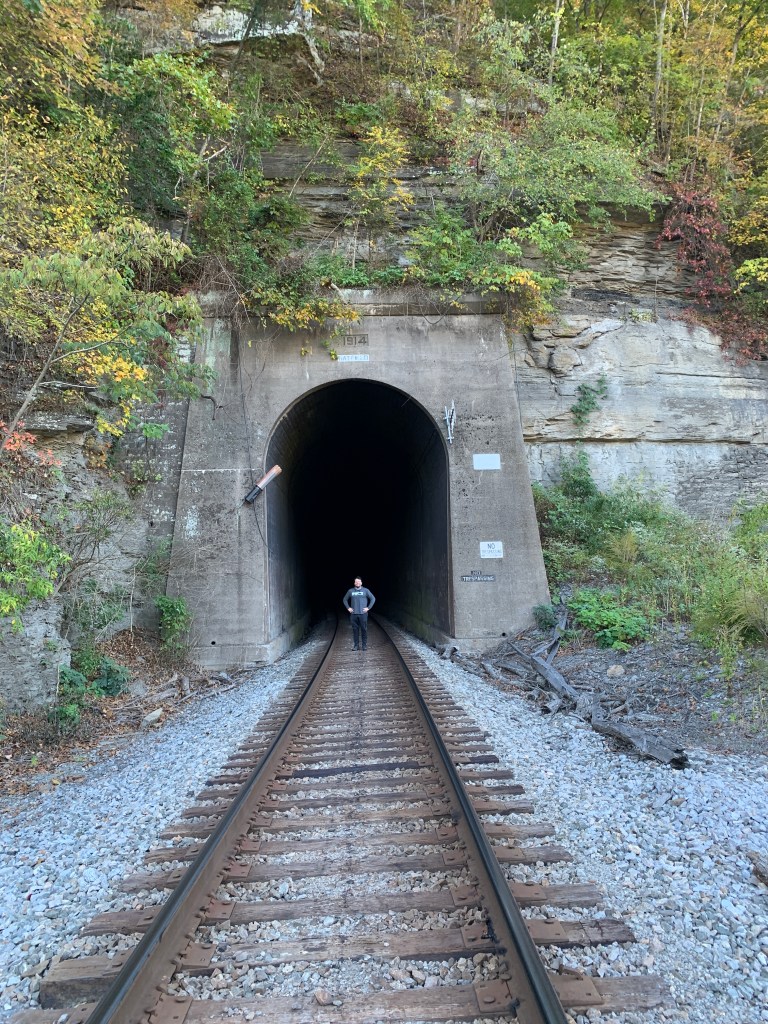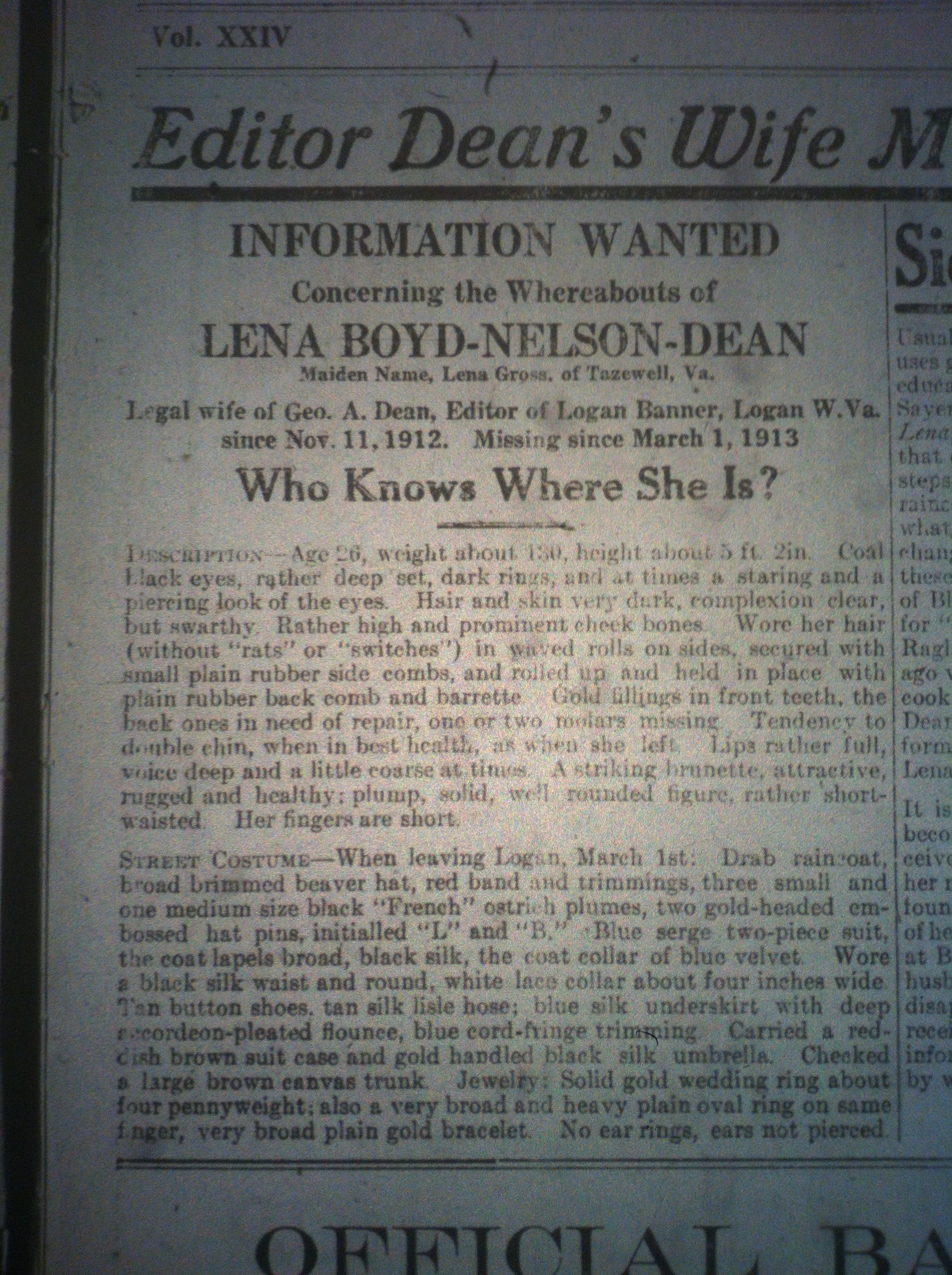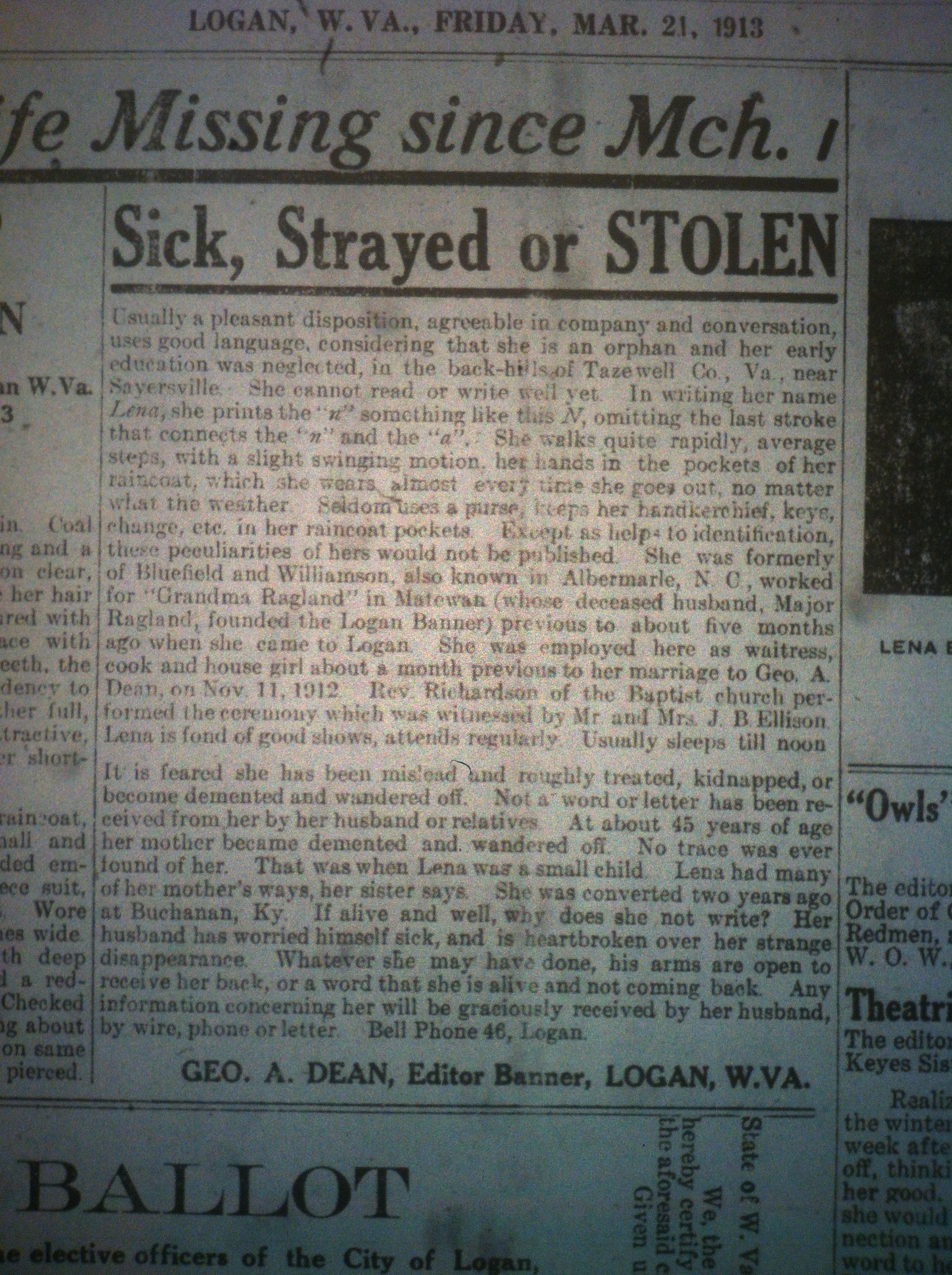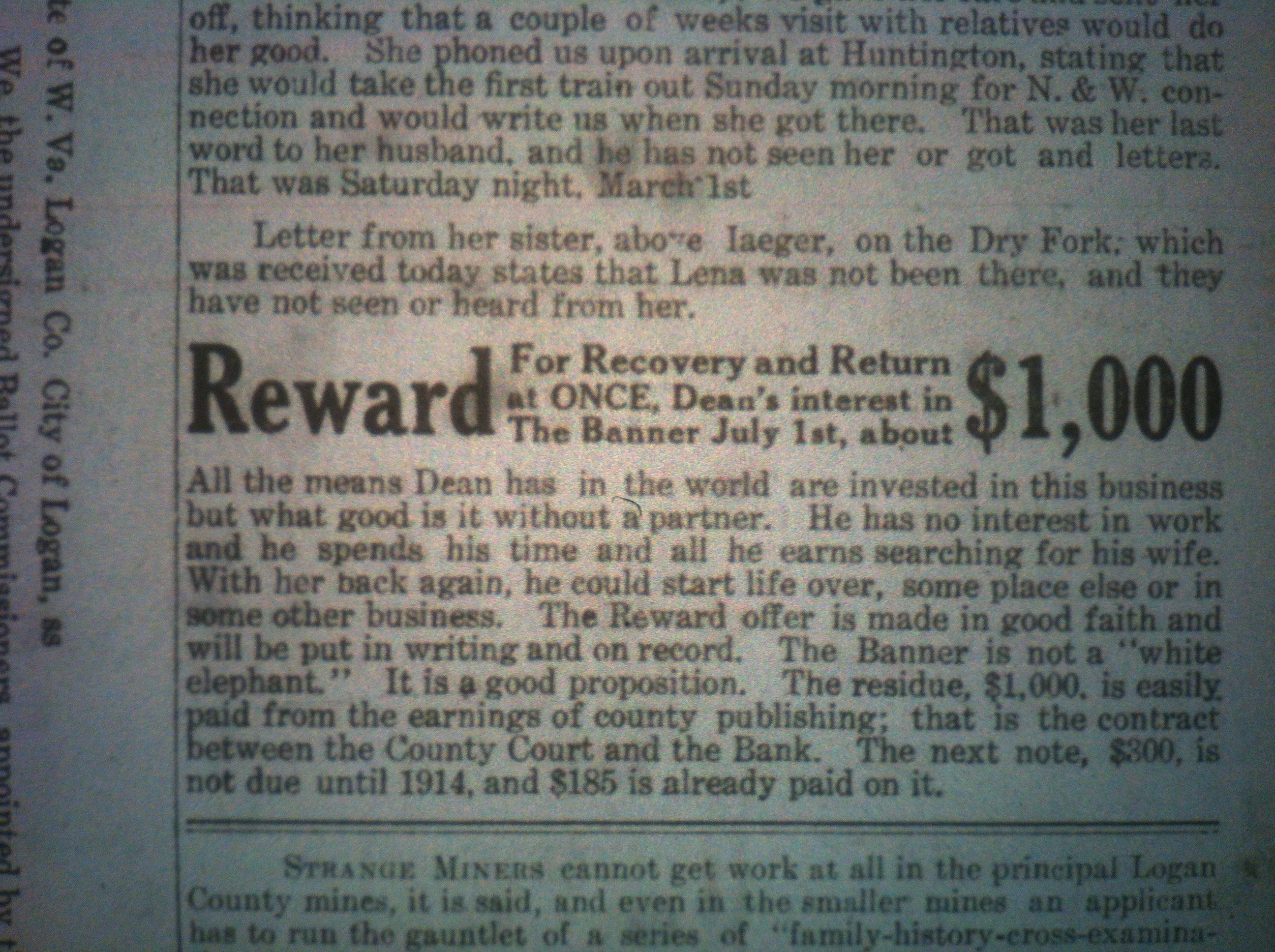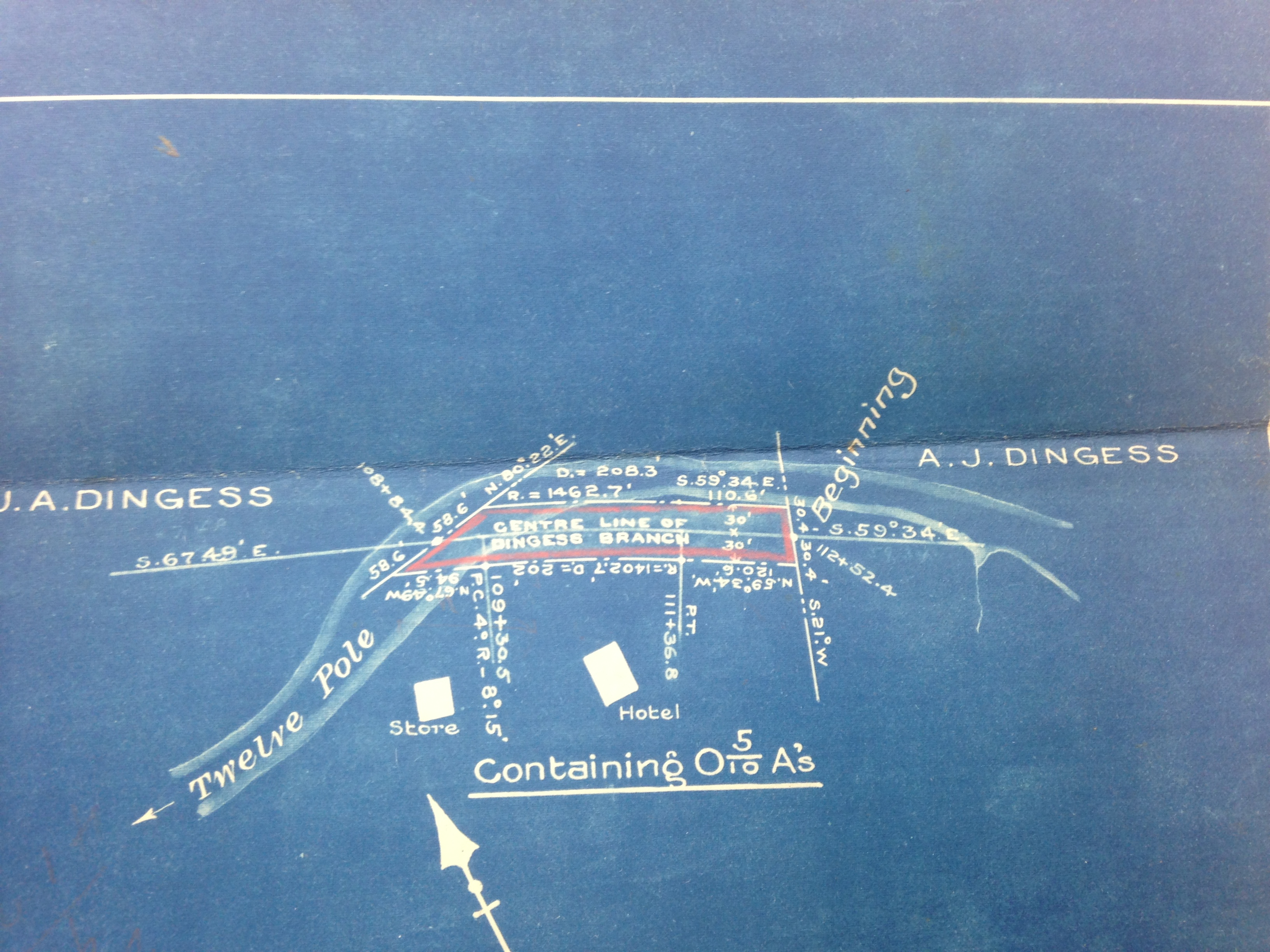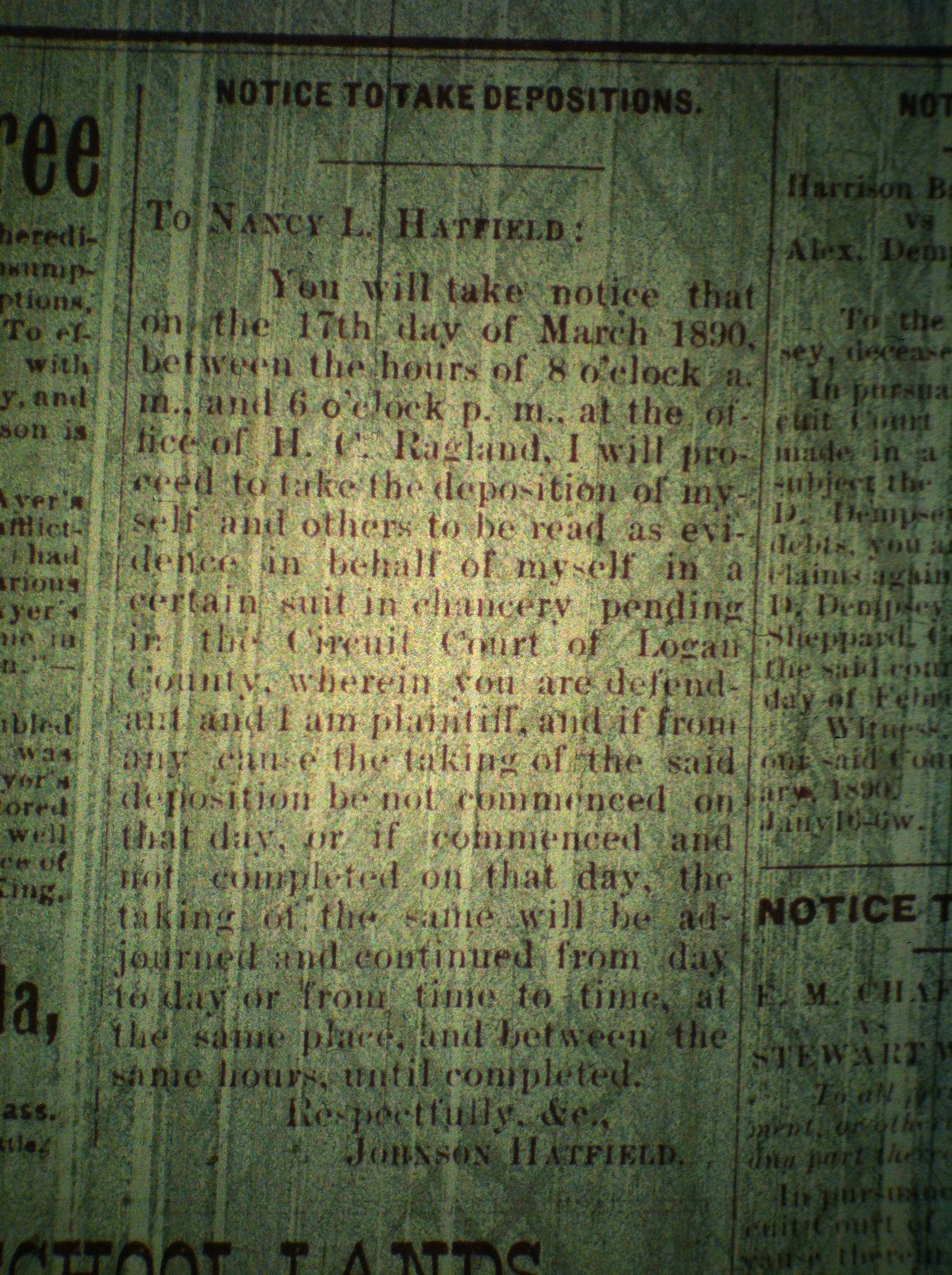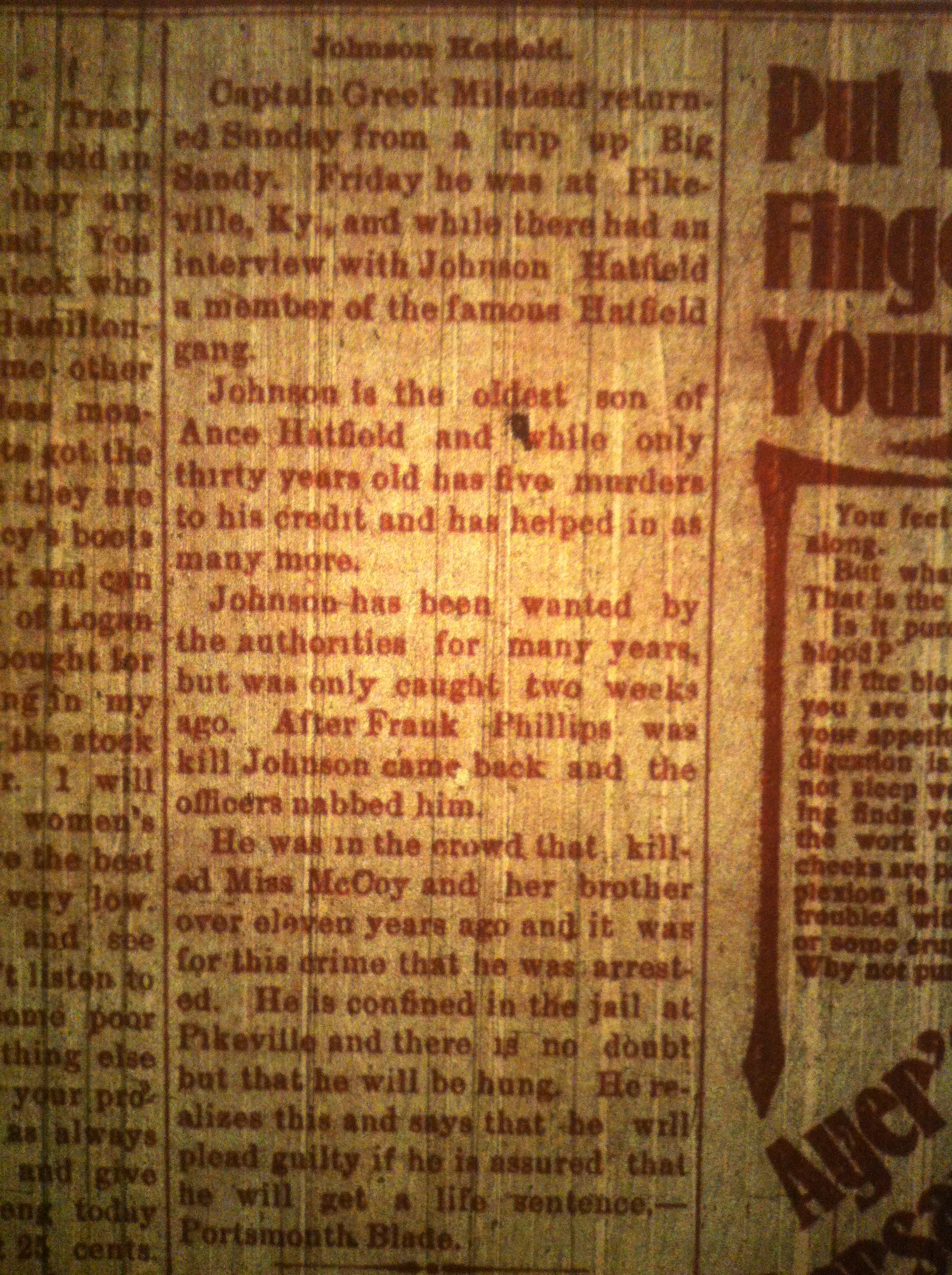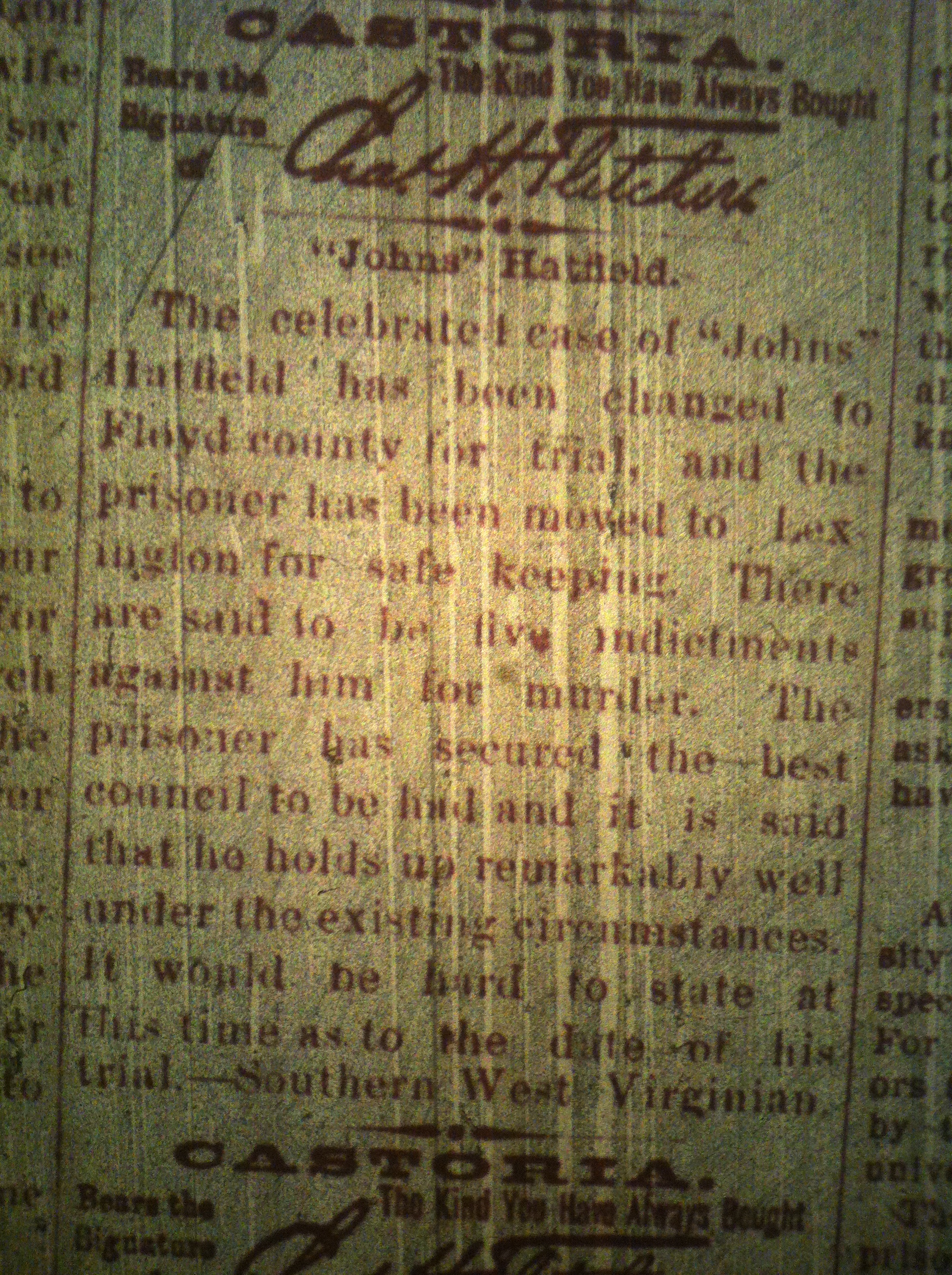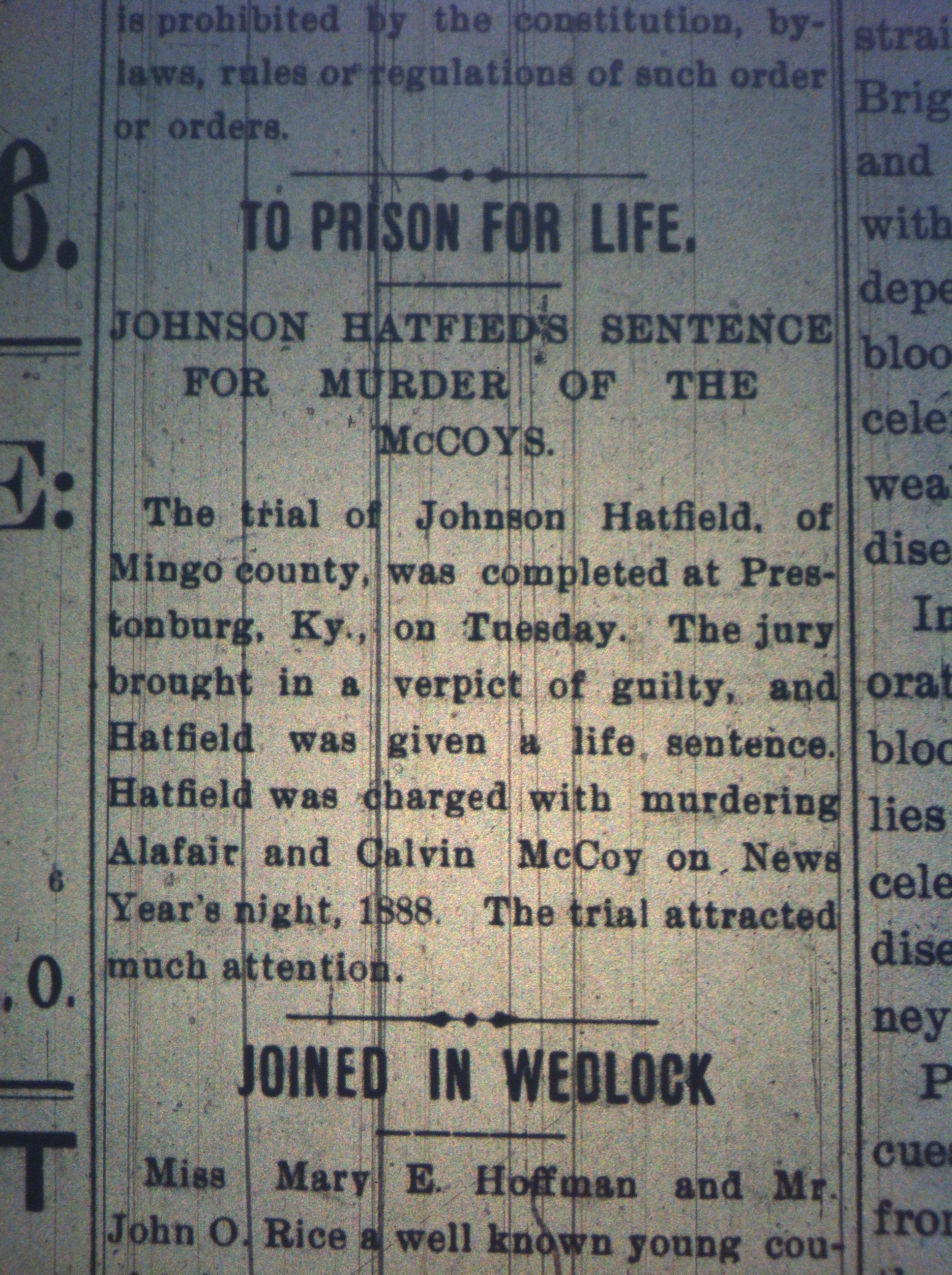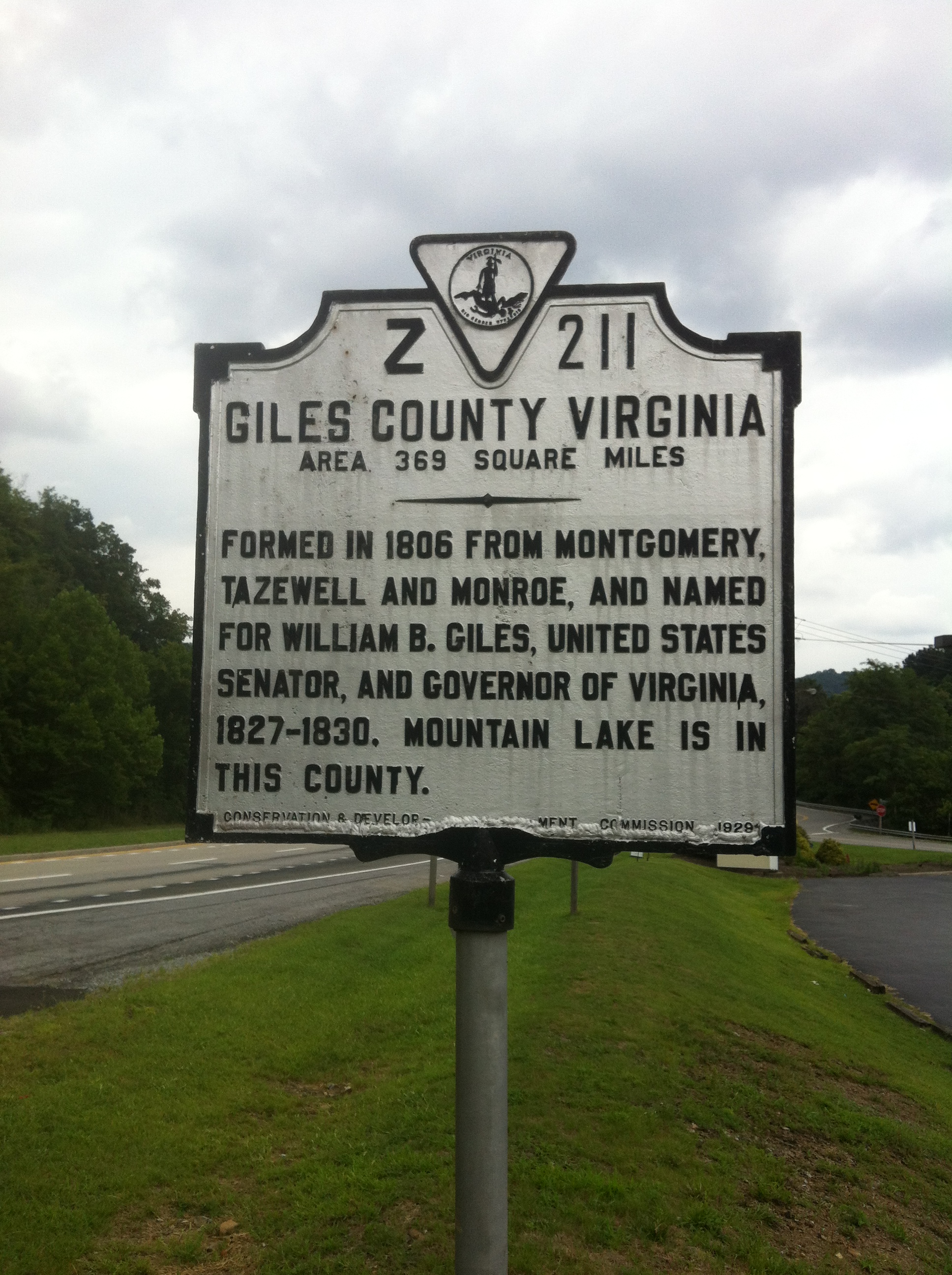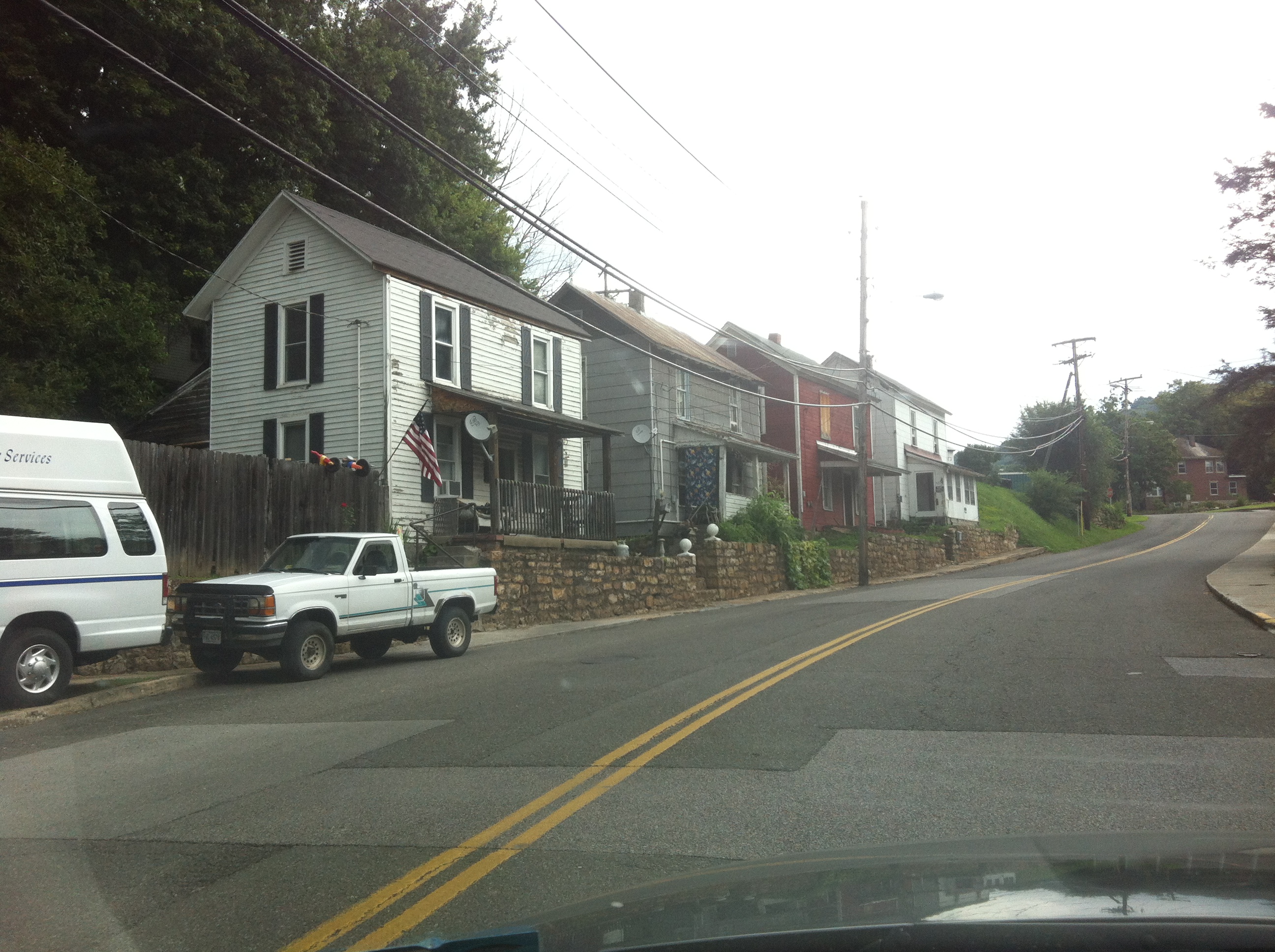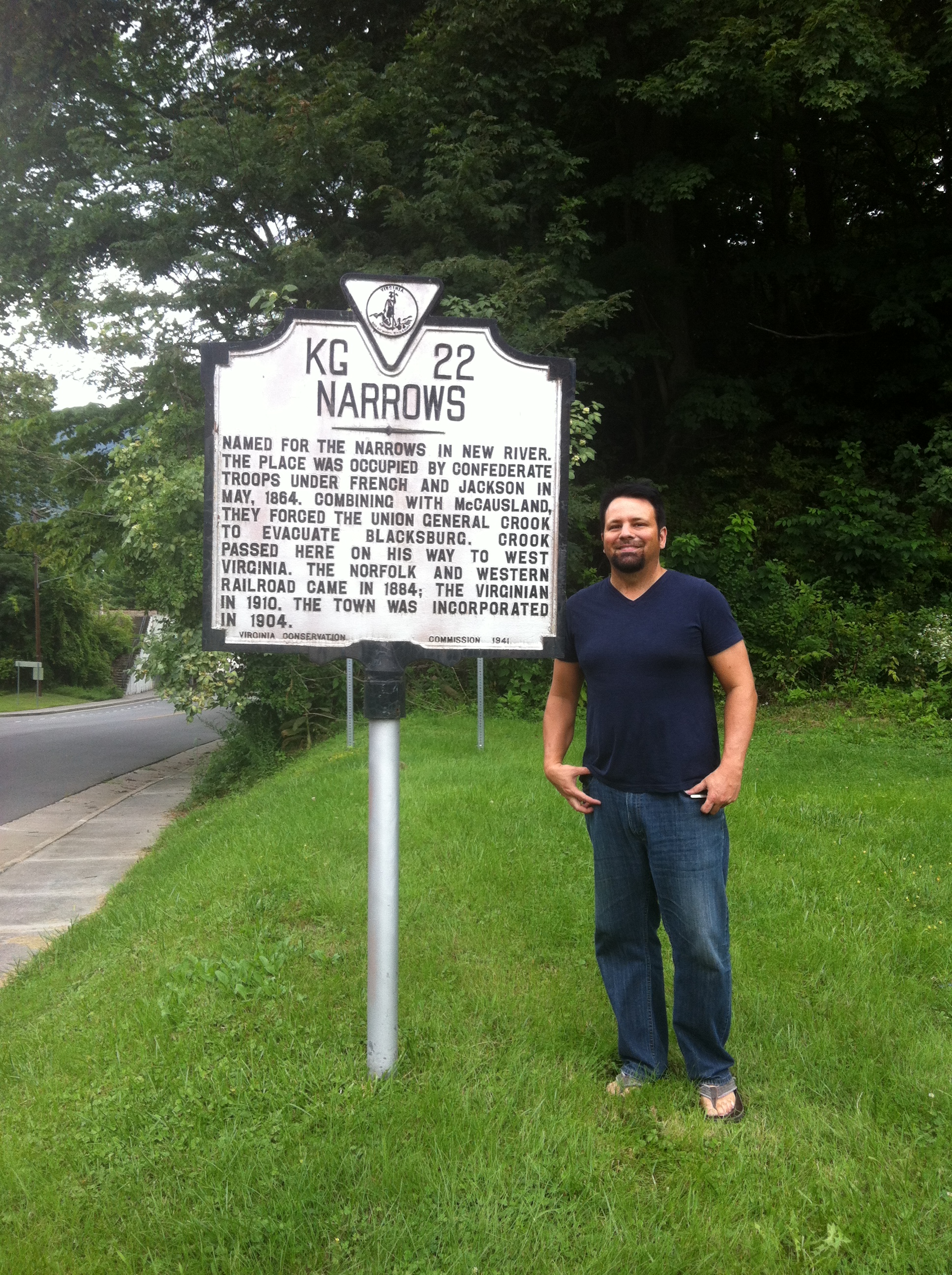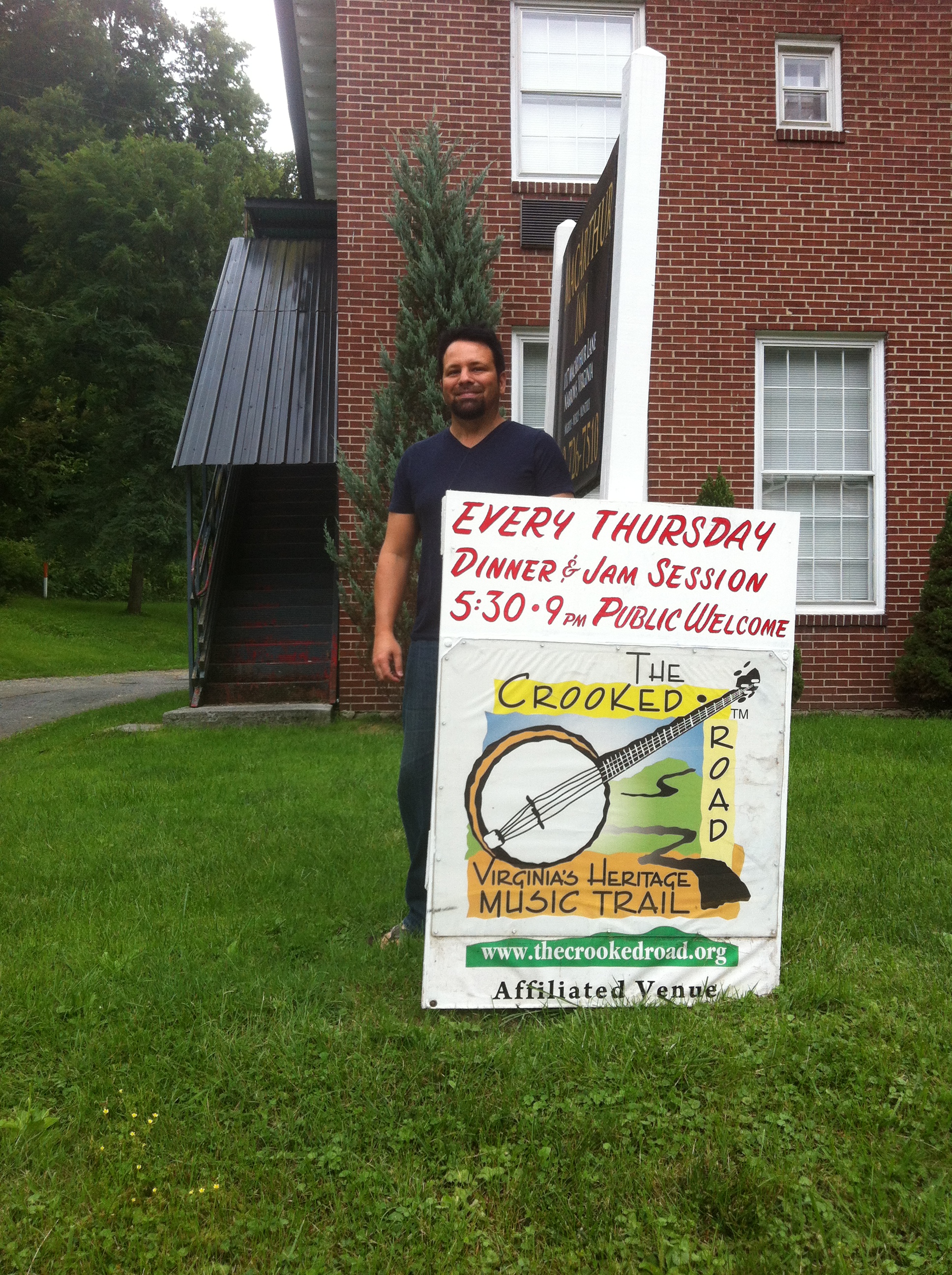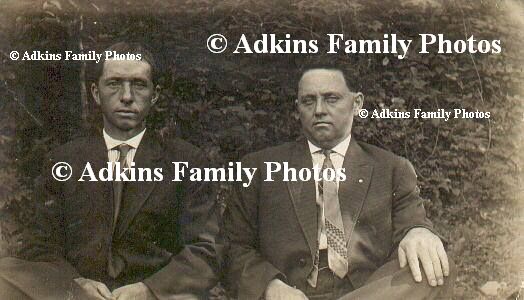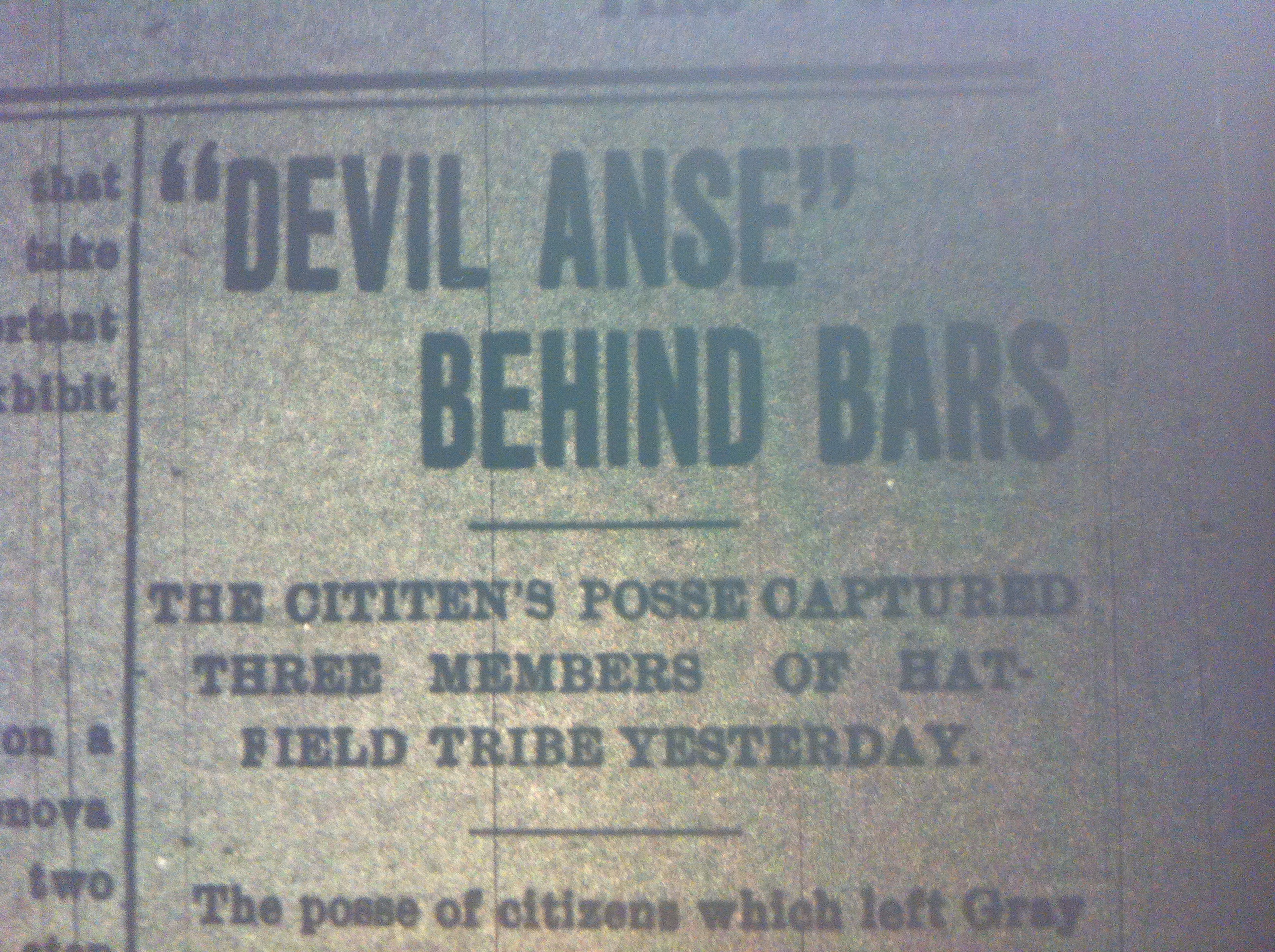Tags
Allen River Wall Hatfield, Appalachia, Ben Patterson, Bend of the River, Brandon Kirk, Catlettsburg, Greenway Hatfield, Hatfield Tunnel, John Wallace Hatfield, Kentucky, Mingo County, Norfolk and Western Railroad, Phyllis Kirk, Pike County, Sprigg, West Virginia
A video from the 1990s features commentary from two sons of Allen “River Wall” Hatfield (1892-1978), who lived in Pike County, Kentucky. Scenes include Hatfield Tunnel, the Allen Hatfield farm, and the John Wallace Hatfield Family Cemetery. One person who is shown in the video died in 1997, so the video dates to 1990-1997.
Scene 1
…other side over there at the end of the bridge is West Virginia. And over on this side is Kentucky. My dad [Allen “River Allen” Hatfield, son of John Wallace Hatfield] walked up those beams and carried water—he was a water boy—while they were putting in this bridge here. This is a bridge that goes through the mountain that cuts off where the river makes a circle called the Bend of the River. And the Bend of the River is where the Hatfields lived. And over here is the tunnel. Hatfield Tunnel. And I have walked through this tunnel. You walk through this tunnel. There was man-holes through this tunnel and you could walk through here and… Step on the side when you hear a train coming. My dad and Ben Patterson who used to be the tunnel watchman here took a handcar and went over to Sprigg and put a self-playing piano on a handcar, brought it through the tunnel and took it across the river here and we unloaded it and hauled it down to our house, which was the Greenway Hatfield farm. Ben Patterson and my dad were very close friends. This is the tunnel and place where the Hatfields used to go down to Catlettsburg and they used to go down to Catlettsburg and as they took rafts down by the river and get at Catlettsburg and they’d buy whisky. The way they brought it back they brought a casket and put the whisky in a casket and put the casket in the coach car like there was somebody had died. So they’d get the train to stop right here at this tunnel and let the corpse off, you know. So they could get by with bringing in whisky from Catlettsburg.


